Sewing in the flat, or flat sewing, is a garment while still flat pieces before assembling them into a 3D form. This technique is beneficial for sewing doll clothes for a few reasons:
- Ease of Handling: Doll’s clothes are often relatively small and intricate. Sewing in the flat allows you to handle and manipulate the fabric more efficiently, reducing the difficulty of working with tiny seams and pieces.
- Accuracy: Sewing flat pieces ensures more precise and even stitching, which is crucial for small-scale garments where even minor imperfections can be very noticeable.
- Efficiency: It’s generally quicker to sew parts while flat rather than trying to maneuver tiny 3D garments under the sewing machine needle.
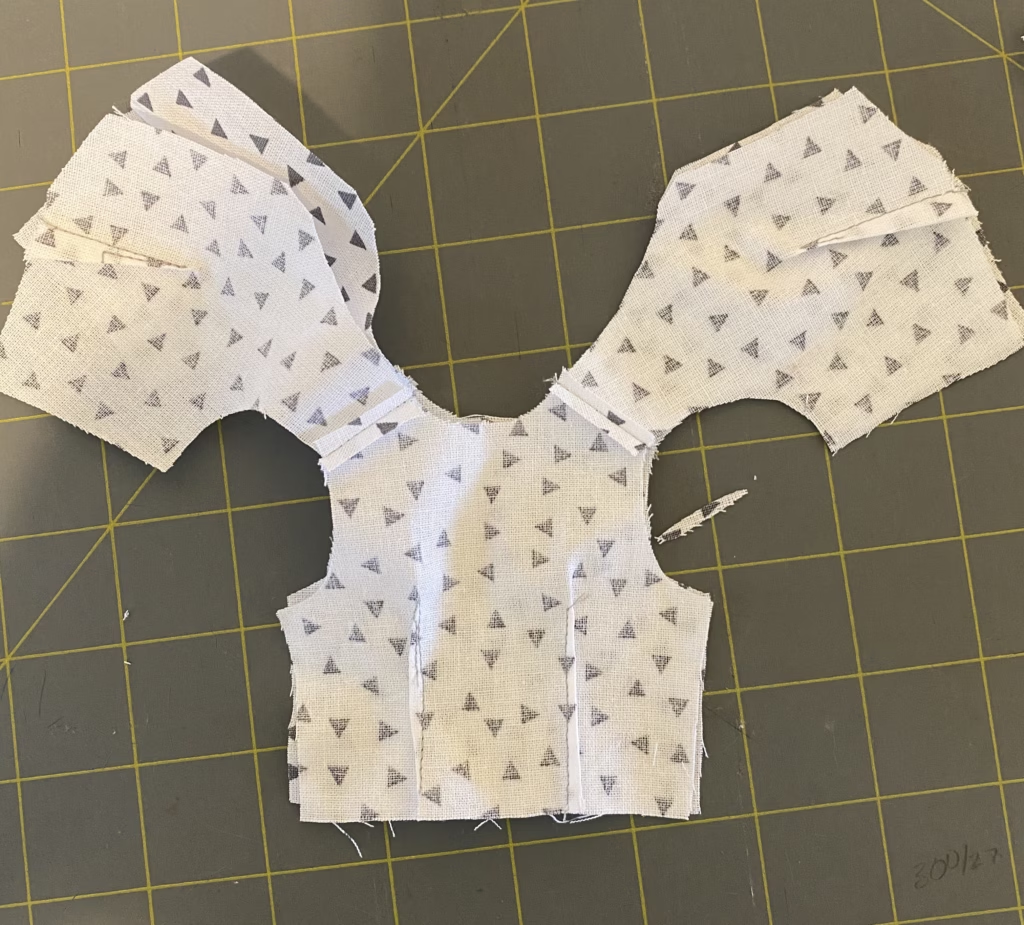
Optimize your serger for sewing doll clothing by making key adjustments to ensure precision and efficiency. Here are some tips:
- Thread Selection: Use fine threads that match the weight of your fabric. Fine threads help prevent puckering and ensure smooth seams. Use as few threads as possible to minimize bulk.
- Stitch Length and Width: Adjust the stitch length and width to suit the fabric type. For doll clothing, shorter stitch lengths and narrower widths often work best.
- Differential Feed: Use the differential feed setting to prevent fabric from stretching or puckering.
- Tension Settings: Adjust your tensions properly. (Consult your machine guide)
- Test Swatch: Sew a quick test swatch before starting your project. This will help you catch any needed tweaks and prevent you from wasting fabric.
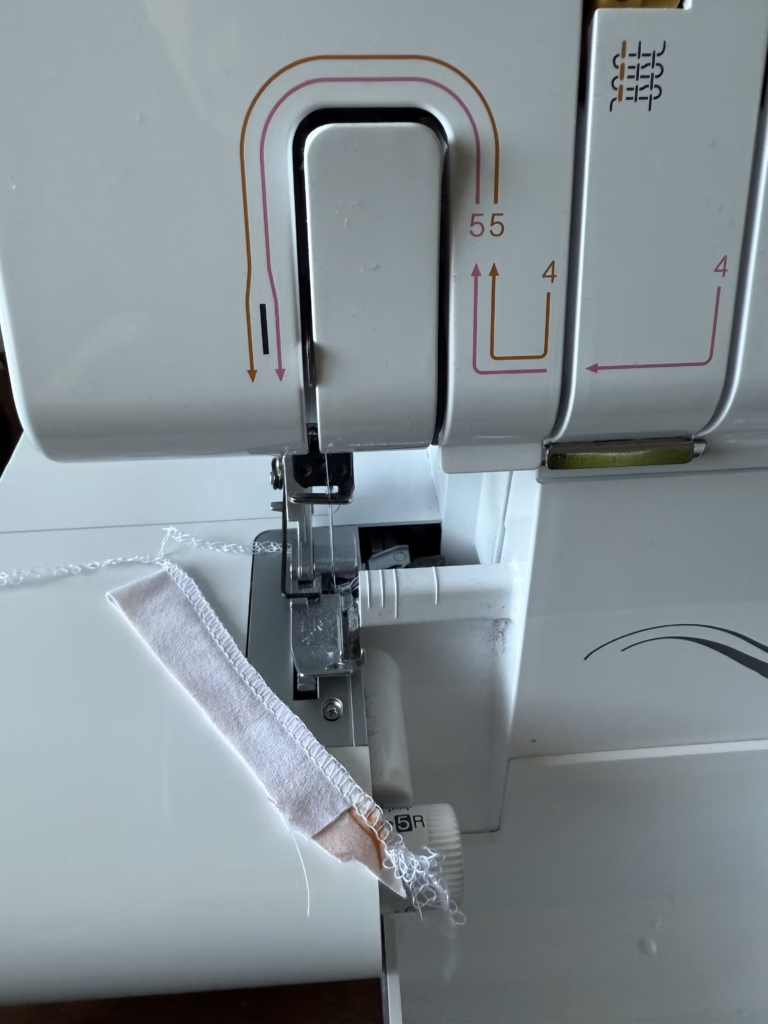
Accurate seam allowances are crucial when sewing doll garments for several reasons:
- Fit: Even minor differences in seam allowances can significantly affect fit. Correct seams ensure the clothes fit the doll as intended.
- Proportion: Precise seam allowances help maintain the correct proportions and overall design as intended.
- Appearance: Clean, accurate seams contribute to the finished garment’s professional appearance. Uneven seams can make the garment look sloppy or poorly constructed.
- Construction: Accurate seam allowances make it easier to follow patterns and instructions, leading to smoother construction and fewer errors.
Choose fabrics that make your doll’s clothes fit well and look proportionate. Here are some fabric types to consider:
- Cotton: Lightweight cotton fabrics, such as quilting cotton, are easy to work with and hold their shape well. Ensure the fabric designs are proportional to the doll’s size.
- Knit Fabrics: These are great for stretchy, form-fitting garments. Jersey knit or interlock knit fabrics can give your doll clothes a snug fit while allowing for some flexibility.
- Silk or Satin: Silk or satin can add a luxurious touch to elegant, dressy outfits. However, these fabrics can be slippery, so they may require more work.
- Tulle and Organza: These lightweight, sheer fabrics are ideal for adding volume and layers to skirts and dresses.
- Felt: Felt is excellent for crafting simple, no-fray garments and accessories. It’s sturdy and easy to cut into intricate shapes.
- Denim or Twill: Lightweight denim or twill can be a good choice for more casual or sturdy doll clothes. They provide structure and durability.

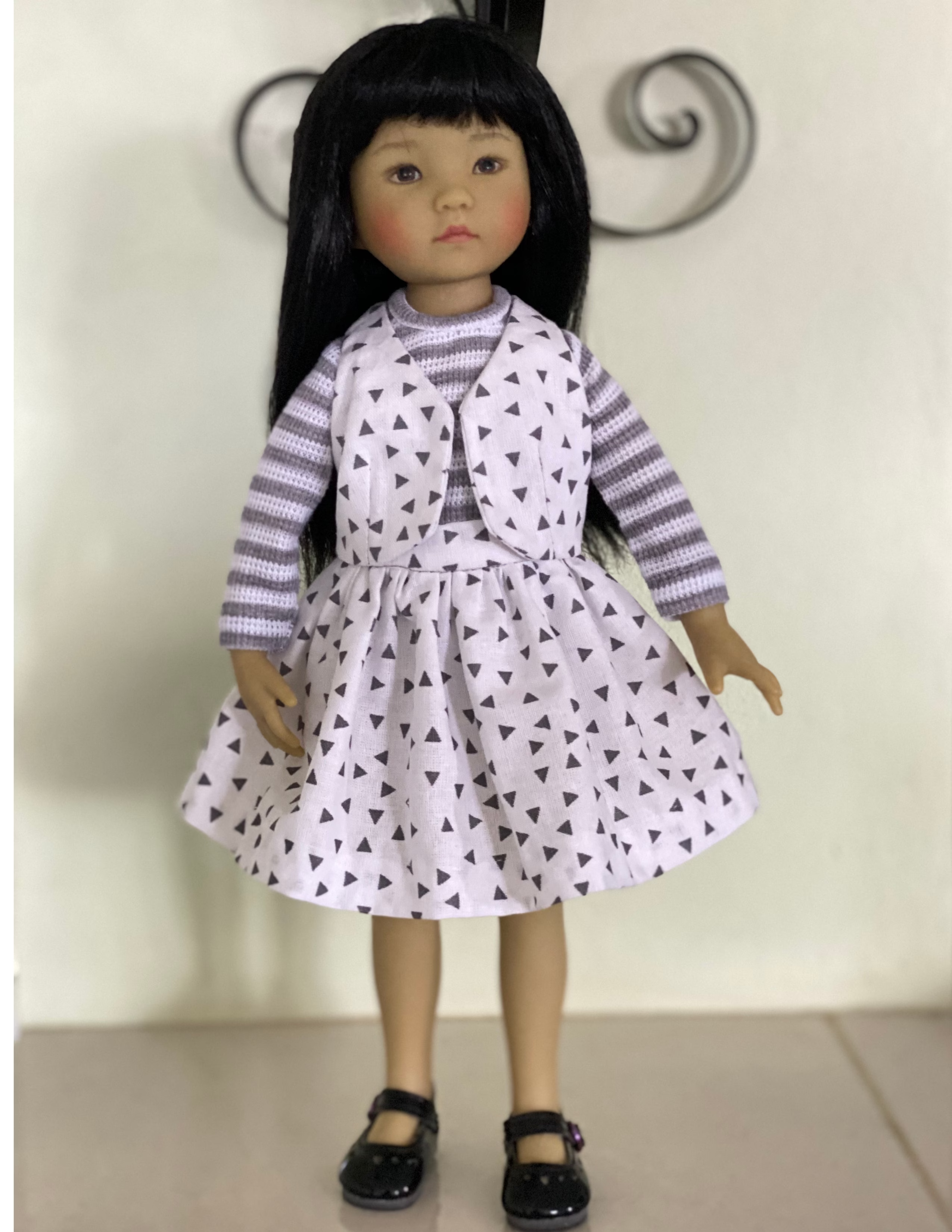
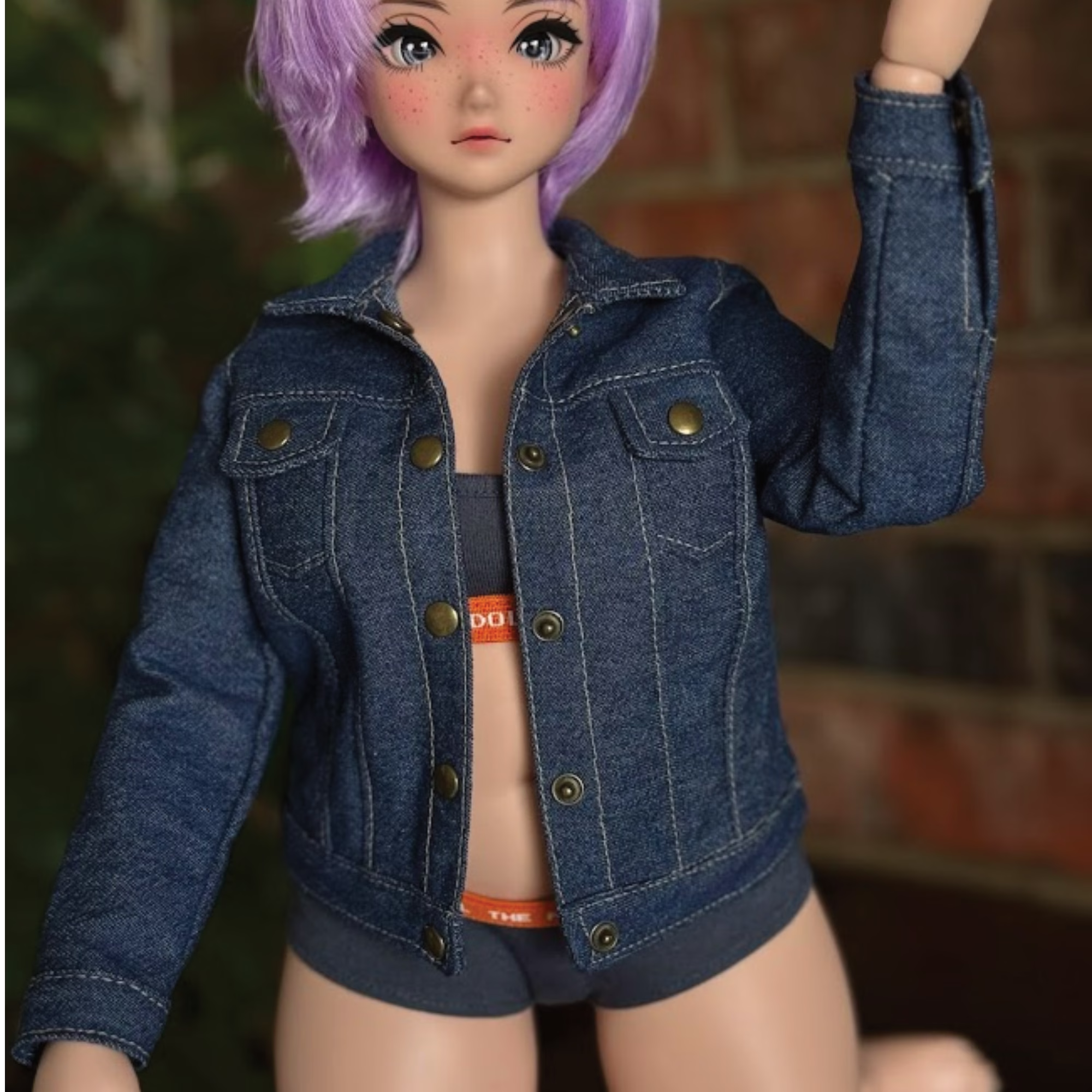
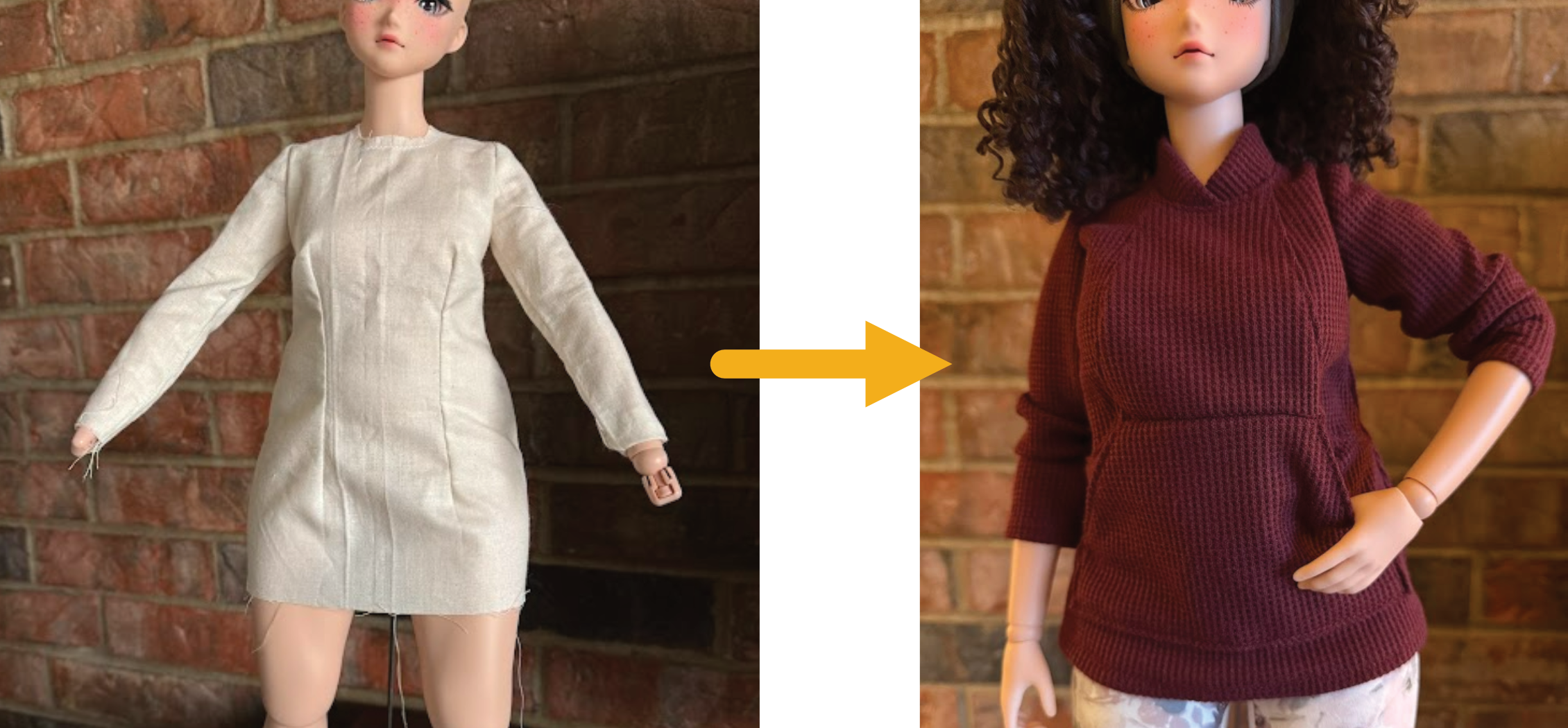
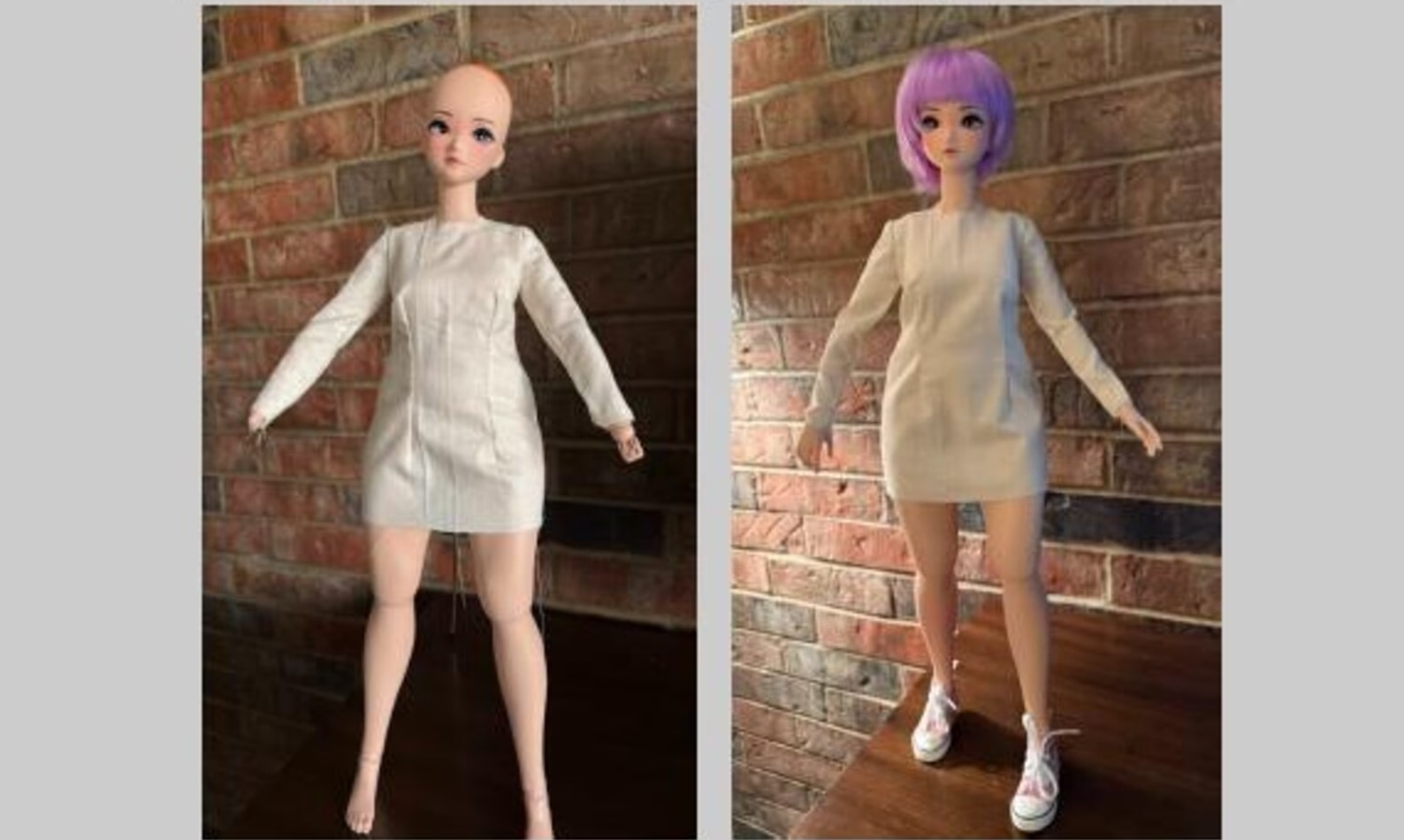
Leave a Reply